Metal detectorists found a number of Roman coins from the second and third centuries C.E. that included several Visigoth counterfeits and others that had been cut in order to make change.
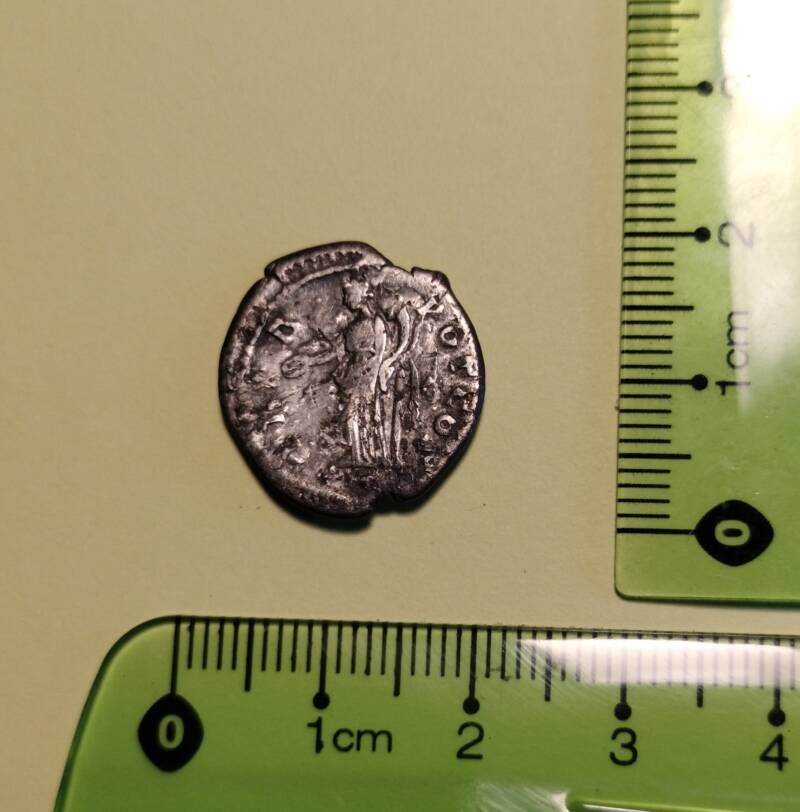
Lublin Voivodeship Conservator of MonumentsOne of the ancient Roman coins found in Księżopol, Poland.
As a group of metal detectorists swept a field near the small town of Księżpol, Poland, they weren’t sure if they’d find much. After all, the area had no known archaeological sites. But as they searched, they came across one Roman coin, then another — and then much, much more.
The metal detectorists ended up finding a trove of Roman coins from the second century, as well as a second cache of later coins. And some of them are strikingly unusual.
How The “Group Of Explorers” Found The Roman Coins In Księżpol, Poland
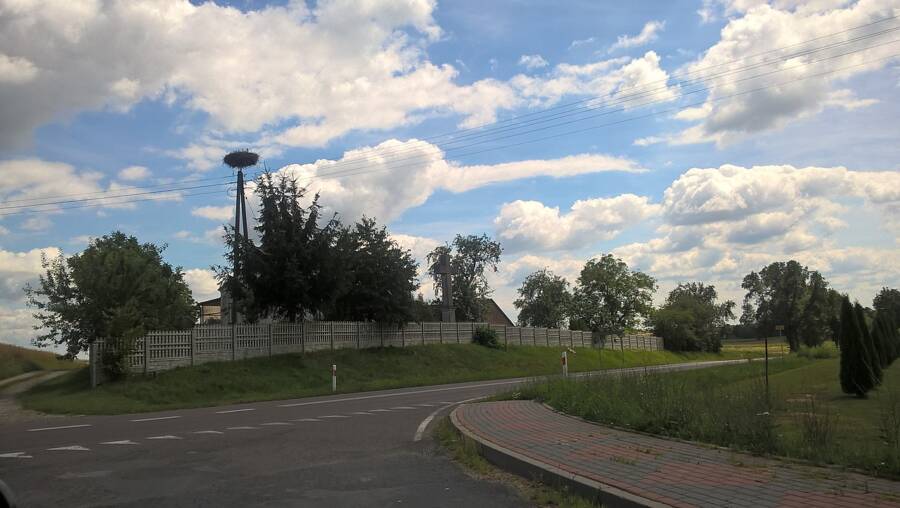
Roch Mściwój/Wikimedia CommonsThe coins were found in a field in Księżpol, a small town in southeastern Poland.
According to a Facebook post from the Lublin Voivodeship Conservator of Monuments, the coins were found by a group of metal detectorists known as the “Group of Explorers.” In the spring of 2024, the group set out to explore some fields near the small town of Księżpol. Across a tiny swath of field, less than a fifth of a square mile, they made a big discovery: a cache of Roman coins from the second and third centuries C.E.
“Once again the ‘Group of Explorers’ at the Tarnogrod Regional Society, led by Janusz Szabat and Piotr Magoch, during searches in the spring of this year… made discoveries on several fields of a very large number of metal archaeological monuments,” the translated Facebook post noted, “in a place where there have been no other archaeological site so far.”
The Story Behind The Księżpol Coins, From Antoninus Pius To Herennia Etruscilla
The metal detectorists indeed came across a number of silver coins known as denarii from ancient Rome. Four coins, three of which were minted between 138 C.E. and 161 C.E. and one of which was minted between 146 and 152 C.E., were imprinted with the face of Roman emperor Antoninus Pius. One bore the face of his wife, Faustyna the Younger, and was minted in 141 C.E. The metal detectorists also found a silver denarius with the face of Roman emperor Marcus Aurelius, which was minted in 174 C.E.
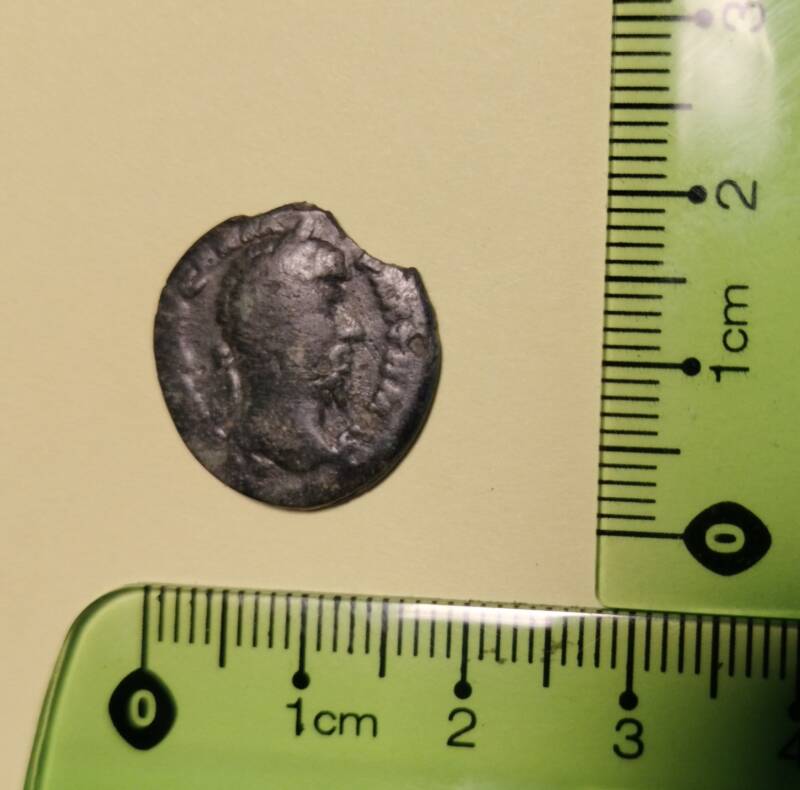
Lublin Voivodeship Conservator of MonumentsMany of the coins depicted Antoninus Pius, a Roman emperor whose reign lasted from 138 to 161 C.E.
They also came across a fragment of a rare coin, twice the size of a typical denarius, that depicted Herennia Etruscilla, the wife of Roman emperor Trajan Decius, and was minted between 249 and 251 C.E. This and some of the others were missing fragments which were probably cut off for trading purposes.
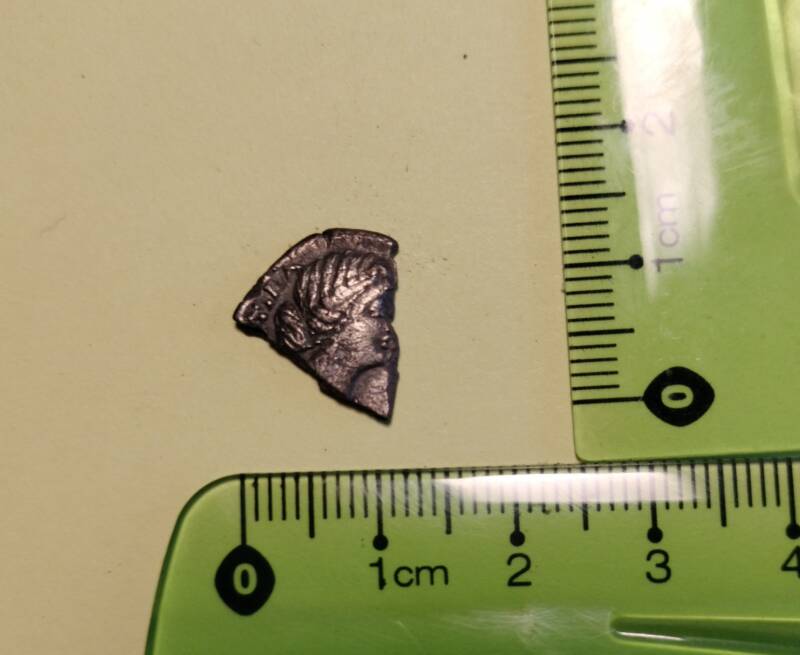
Lublin Voivodeship Conservator of Monuments.A fragment of the unusually large silver denarius that depicts Herennia Etruscilla, the wife of Trajan Decius.
In addition to the silver denarii, the Group of Explorers also found some counterfeit coins. One, made by the Goths, was “poorly readable.” Another, also made by the Goths, depicted Antoninus Pius and included an imitation of both his face and the coin’s inscription.
Finding the Roman coins was exciting enough, but the metal detectorists also made other discoveries as well.
Roman Tools And Medieval Coins: Inside The Other Discoveries In Księżpol
In addition to the cache of Roman coins, the Group of Explorers also came across a number of other exciting objects.
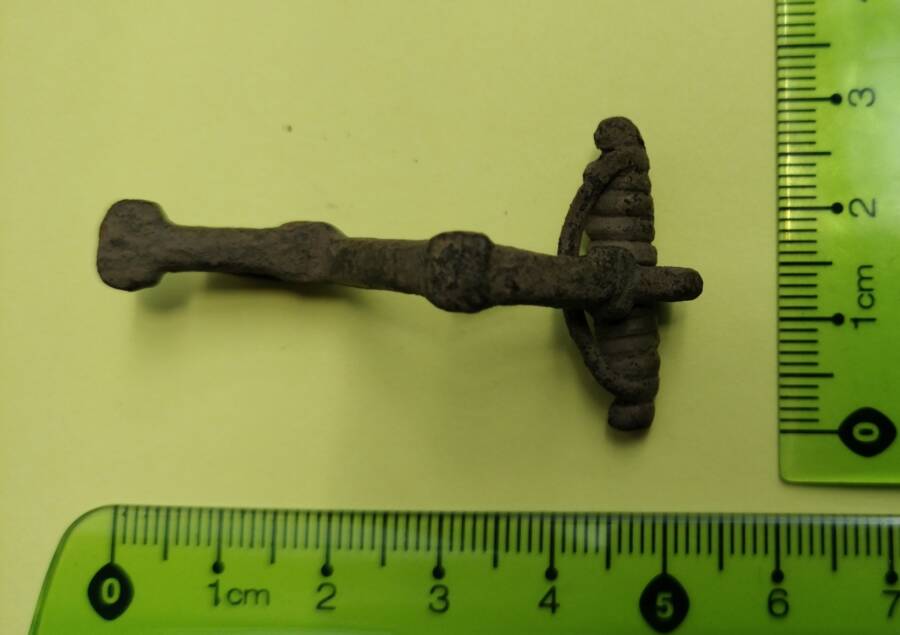
Lublin Voivodeship Conservator of Monuments.The metal detectorists also found a number of bronze fibulae like this one, used to attach garments, which date back to the late Roman period.
They found Roman pins, knives, and tools, including a bronze fibulae, which was once used to fasten a garment. And they found a number of much more recent coins from the “Middle Ages and Old Polish Period,” according to the Lublin Voivodeship Conservator of Monuments. They include a Polish penny, Lithuanian copper shillings from the 1600s, and more.
As such, the previously undistinguished field near Księżpol has turned out to be a literal treasure chest of archaeological finds.
“[W]e are dealing with a new, previously unknown archaeological site,” the Lublin Voivodeship Conservator of Monuments noted on Facebook, “of very valuable scientific and conservation, containing a team of archaeological monuments that are very rarely found in such numbers.”
After reading about the cache of Roman coins discovered in a small Polish field by metal detectorists, discover the story of the Winged Hussars, the fierce Polish soldiers who rode into battle with wings attached to their backs. Then, discover the story of Poland’s Wieliczka Salt Mine, one of the most incredible underground cities in the world.





